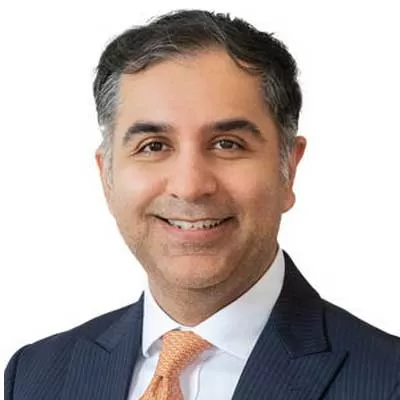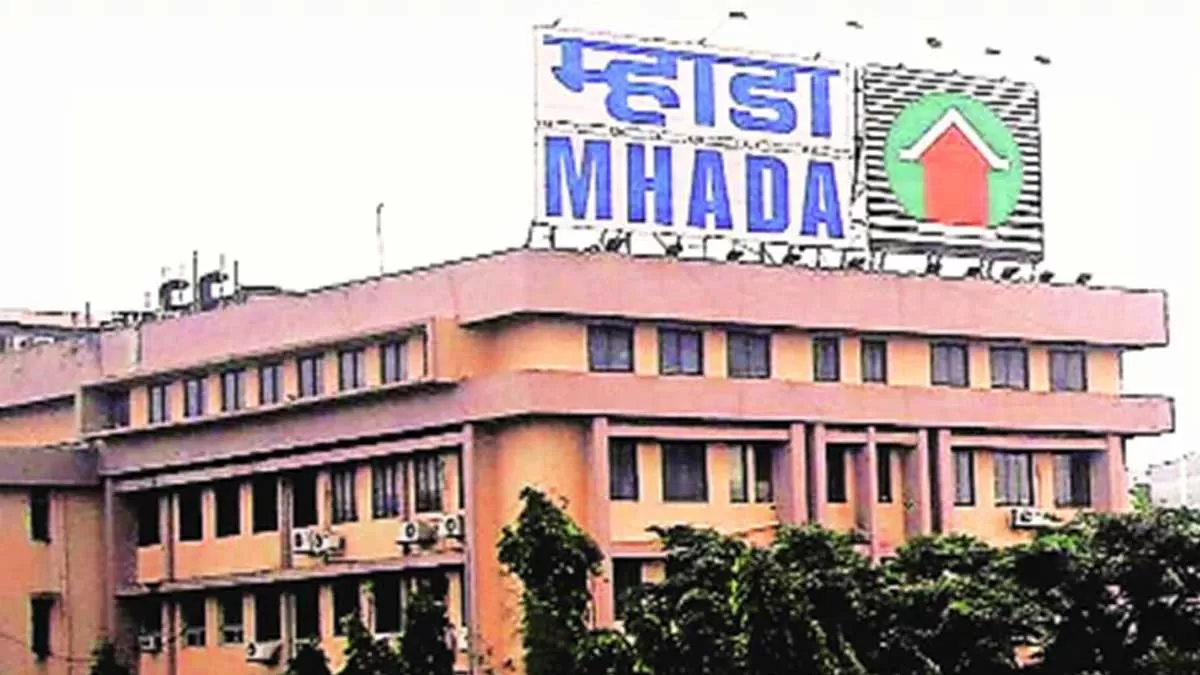Photo: For representational purpose
Finance Minister Nirmala Sitharaman announced several measures yesterday, including those for the MSME sector, construction contractors , the real estate sector , Discoms, among others.
In this article, we take a look at the measures announced for the MSME sector:
Collateral free automatic loans. Four year tenor with 12 m moratorium. 100 per cent credit guarantee on principal and interest – 3 lakh crore (60k crore cover)
Subordinate debt for stressed MSMEs (which are NPA or are stressed) - 20k crore (4k crore contribution of government to CGTMSE)
Fund of funds to be created for equity infusion (those which are viable) - 50k core
Definition of MSMEs being changed in favour of MSMEs. Limits on investments to be revised upwards. Additional criteria based on turnover also will be introduced. Differentiation between manufacturing and service units to be removed
Micro units - Investments up to 1 crore + Turnover up to 5 crore
Small units - 10 crore + 50 crore
Medium units - 20 crore + 100 crore
Government tenders up to 200 crore will no longer be on global tender basis. Global tenders will be disallowed for up to 200 crore. This will make MSMEs eligible to participate in government purchases
Post COVID, e-market linkage to be provided for all MSMEs. Receivables by MSMEs from the government will be cleared in next 45 days.
Vijay Agrawal, Executive Director, Equirus Capital, highlights points on the measures announced:
1. Credit Guarantee Fund of Rs 3 lakh crore for business including MSME without collateral: The government has announced credit guarantee fund of Rs 3 lakh crore for lending to Industry including MSME. Under this scheme, banks and financial institutions will lend money to MSME without any collateral. The units with turnover of Rs 100 crore with outstanding limit up to Rs 25 crore shall be eligible under this scheme. Under this scheme, an amount of 20 per cnet of outstanding credit limit as on February 29, 2020, will be sanctioned. As per under this scheme, funds will be disbursed for four years tenure with moratorium of 12 months. The banks and NBFCs will not ask for any additional collateral or guarantee from borrowers. The interest rate will be capped. The funds will be disbursed till October 2020 under this scheme. This scheme will be a really great help to MSME sector which was starved for working capital and funds required for their expansion. This will help MSME to shore up their working capital and increase their production capacity resulting in increased employment and taxes.
2. Change in definition of MSME: The government has issued revised guidelines for classification of MSME. Under new guidelines, the segregation between service and manufacturing units has been done away with. New guidelines make classification on investment and turnover basis. The revised classifications are as under:
|
Existing MSME classification
|
|
Criteria: Investment in Plant and Machinery
|
|
Classification
|
Micro
|
Small
|
Medium
|
|
Manufacturing
|
Investment < Rs 25 lakh
|
Investment < Rs 5 crore
|
Investment < Rs 10 crore
|
|
Service
|
Investment < Rs 10 lakh
|
Investment < 2 crore
|
Investment < Rs 5 crore
|
|
Revised MSME Classification:
Composite Criteria: Investment and Annual
Turnover
|
|
Classification
|
Micro
|
Small
|
Medium
|
|
Manufacturing and Service
|
Investment < 1 crore and Turnover < Rs
5 crore
|
Investment < 10 crore and Turnover < Rs
50 crore
|
Investment < 20 crore and Turnover < Rs
100 crore
|
This was long pending demand from MSME Sector. The minister has also assured industry to revised classification guidelines. In view of revised guidelines, many more industries will be eligible for benefits under MSME scheme. If we analyse Rs 3 lakh crore credit fund, this will benefit mostly to MSME sector in view of revised classification.
3. Subordinate debt for stressed MSME for Rs 20,000 crore: The Finance Minister has also announced to up Rs 20,000 crore subordinate debt line for MSME. This amount will be provided to MSME whose accounts have been declared as stressed or NPA. This will help to revive struggling MSME units. This will be provided through Banks and guaranteed through CGTSME. This will benefit more than 2 lakh MSME units.
4. Equity infusion for MSME through fund of funds for Rs 50,000 crore: MSME units are struggling to infuse equity in their enterprises since most of entrepreneurs are first generation entrepreneurs for funding their growth or their survival. This fund will help MSME units for infusion of equity and thus increase their corresponding borrowing capacity. With infusion of Rs 50,000 crore, MSME units will be able raise more than Rs 1.5 lakh crore from banks as debt. Thus, with this step, MSME units will be benefited by more than Rs 2 lakh crore.
5. Partial credit guarantee for NBFC/MFI/HFC for Rs 45,000 crore: Government has announced partial credit guarantee to support borrowings by NBFC/MFI for their lending to MSME and individuals. First loss of 20 per cent will be borne by the government. This will help NBFC/MFI/HFC to lend to MSME.
6. Special Liquidity scheme for NBFC/MFI/ HFC for Rs 30,000 crore: A new liquidity scheme has been introduced to fund bond papers of these institutions which are investment grade. Generally AA and above rated papers are being placed in bond market. The lower rating papers were not being subscribed by market participant leading to liquidity crises for these institutions. This window will help these institutions to increase their lending to MSME sector.
7. Reduction in EPF contribution: EPF contribution of Employer and Employee has been reduced in general to 10 per cent. This will help MSME to tide over liquidity crises and reduce their cash outflow.
8. Release of MSME outstanding by government and CPSE in next 45 days: The Finance Minister has announced that all outstanding to MSME sector will be released by government and CPSE within next 45 days. This will increase cash flow of MSME sector.
“Along with the above announcements, the Finance Minister also announced that E Market linkage will be provided to MSME for marketing their product. The Finance Minister has also announced that for procurement of goods or services up to Rs 200 crore, domestic tenders will be called to promote MSME and domestic industry. This will give big fillip to domestic industry,” adds Agrawal.
Further, adds Dr Joseph Thomas, Head of Research, Emkay Wealth Management, “The announcement made by the Finance Minister, the first in a series, contained several measures targeted at improving liquidity and credit flow into MSMEs and NBFCs and smaller businesses. This assumes greater importance due to the fact that it is these segments which have been adversely impacted due to the lockdown. These measures will go a long way in instilling confidence in banks, financial institutions and investors in supporting the sections of business which actually require aid and help. The measures are more of supply side and there is very little that is on the demand side. Probably, the future announcements may contain a more balanced coverage of demand and supply side factors. Demand side factors generally tend to work faster as it is oriented towards the consuming unit directly.”

















